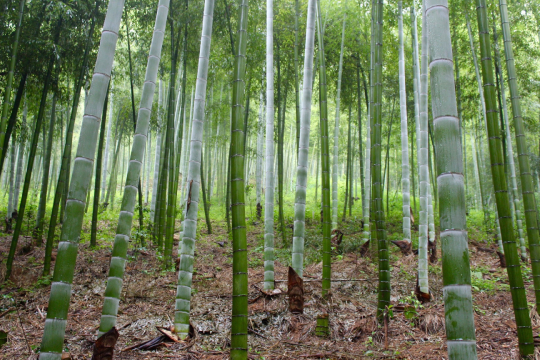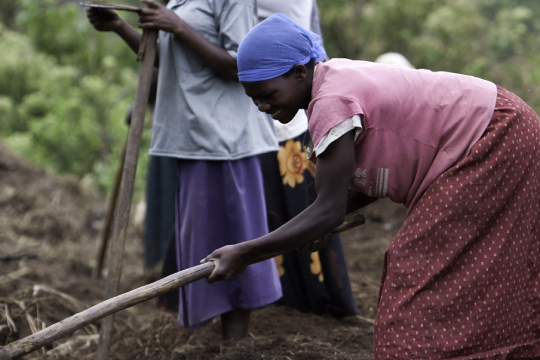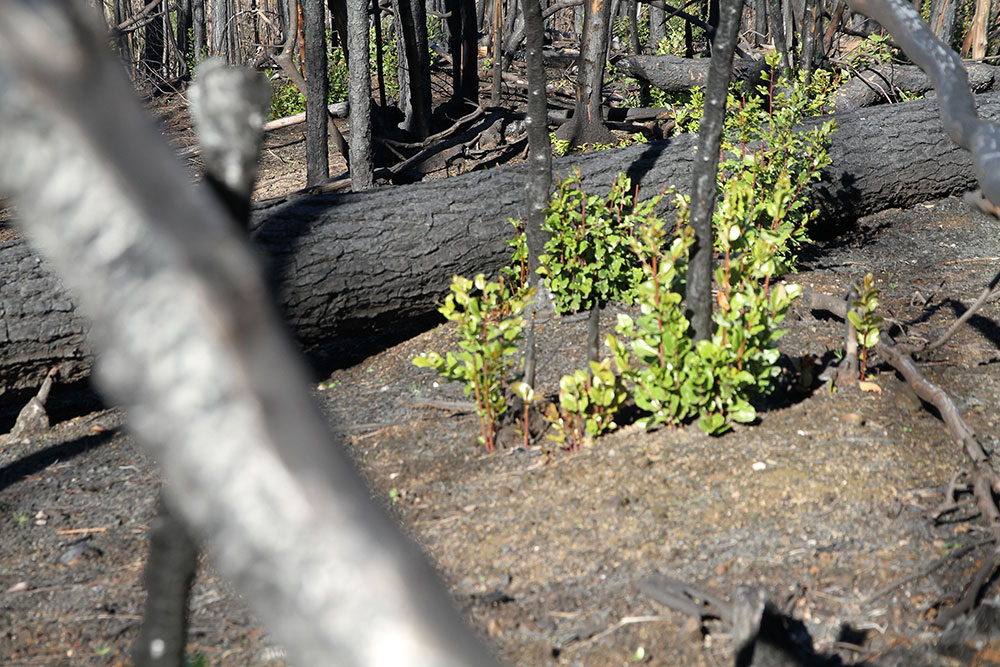NGP travelled to the heart of the bamboo country – Zhejiang province in eastern China – to discover what lessons we can learn from China’s bamboo boom. A group of 50 participants from China and around the world joined in with fertile discussions, site visits and practical exercises.
They say that in the spring in China, you can actually hear the bamboo growing.
But it’s not just the plant itself that’s growing fast. The value of China’s bamboo industry has rocketed over the last three decades. Bamboo is increasingly being used in flooring, furniture and construction, as an alternative fibre in tissue and paper products, and even as a substitute for plastic. It’s also a source of fuel, helps to restore degrade land and mitigate climate change – and you can eat it too.
Bamboo plantations are part of a massive expansion in forest plantations in China. Over the last 25 years, the country has planted 37 million hectares of trees in an effort to combat erosion, desertification and climate change, restore degraded land, grow its timber industry and improve incomes for rural communities.
NGP travelled to the heart of the bamboo country – Zhejiang province in eastern China – to discover what lessons we can learn from China’s bamboo boom. A group of 50 participants from China and around the world joined in with fertile discussions, site visits and practical exercises.
We discovered how local smallholders have improved their livelihoods by forming bamboo-growing cooperatives, how new technologies are opening up even more possibilities for using bamboo even further, and how bamboo plantations lock carbon in the soil. Along the way, we also dug up and cooked bamboo shoots and tasted bamboo wine straight from the plant.
Thanks to WWF-China, the Chinese State Forest Administration, China Green Carbon Foundation and all those who hosted us for their commitment and hospitality.


















